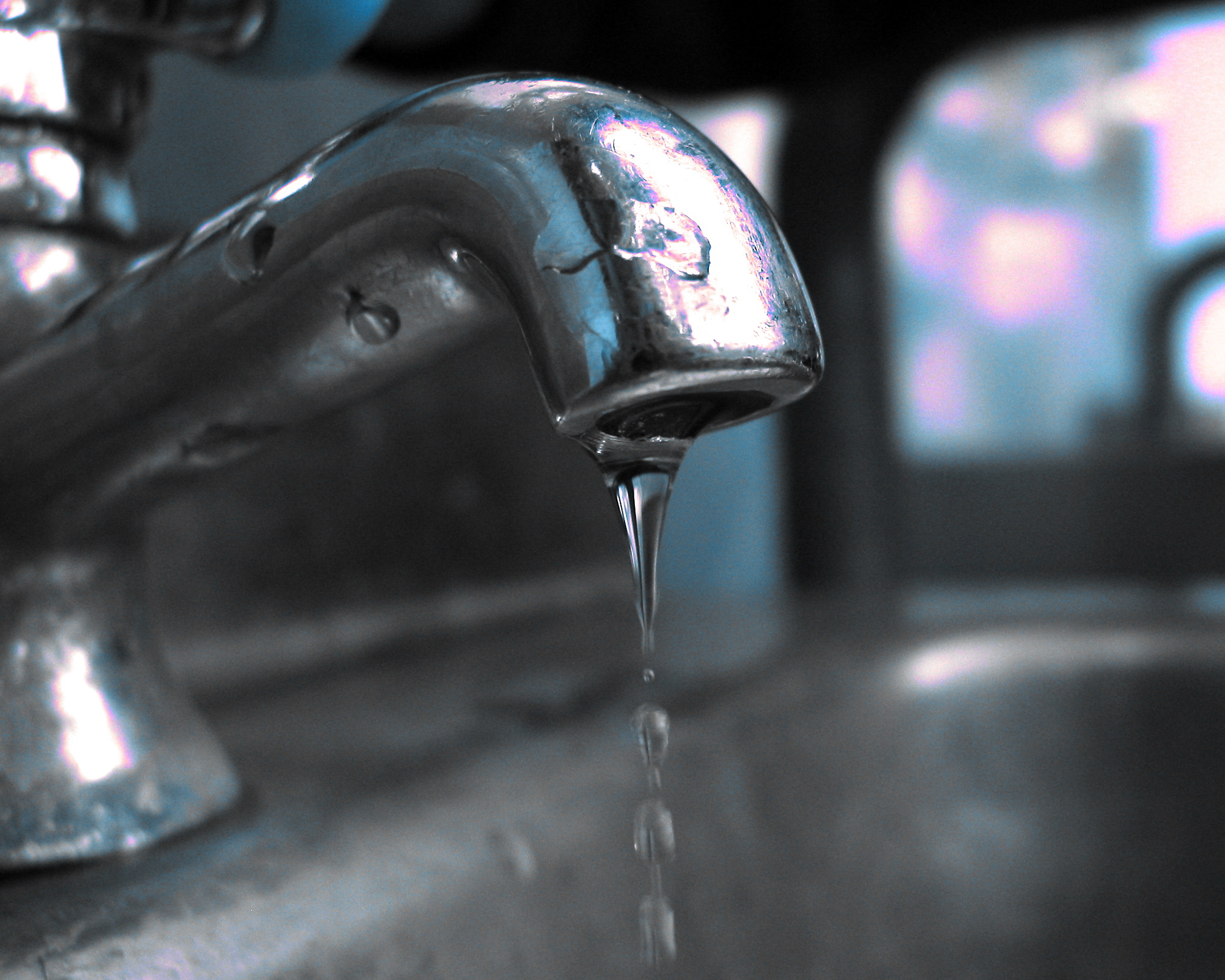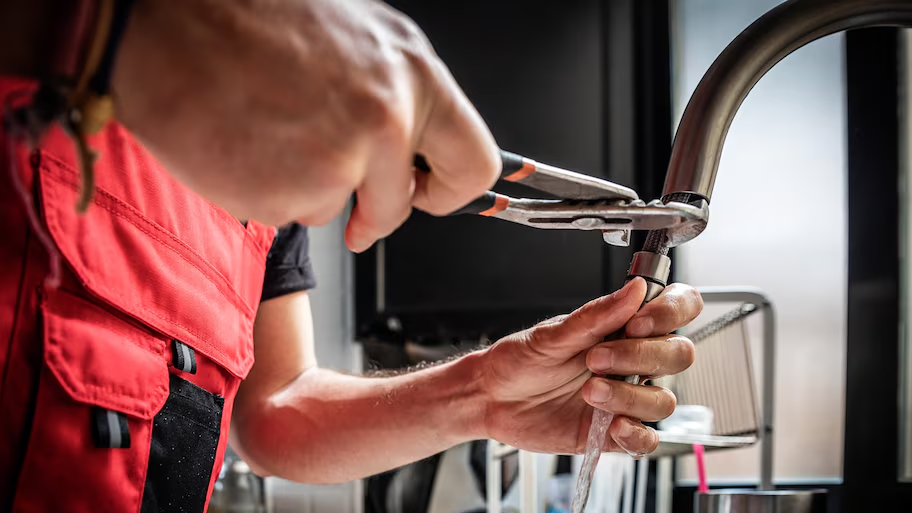Exploring the Value of Resolving a Faulty Faucet
Exploring the Value of Resolving a Faulty Faucet
Blog Article
Almost everyone maintains their own unique thinking about 4 Common Reasons for a Leaky Faucet.

Dripping faucets might appear like a minor hassle, yet their influence exceeds just the nuisance of the noise. From wasting water to incurring unneeded economic expenses and health and wellness dangers, overlooking a trickling tap can bring about different repercussions. In this post, we'll look into why it's essential to resolve this typical family issue promptly and properly.
Wastefulness of Water
Ecological Impact
Leaking faucets contribute substantially to water wastefulness. According to the Epa (EPA), a single faucet dripping at one drip per secondly can waste greater than 3,000 gallons of water annually. This not only strains water resources however additionally impacts ecological communities and wild animals dependent on them.
Step-by-Step Overview to Taking Care Of a Dripping Faucet
Tools Needed
Before trying to take care of a leaking faucet, gather the essential tools, including an adjustable wrench, screwdrivers, replacement components (such as washing machines or cartridges), and plumber's tape.
Usual Faucet Issues and Their Solutions
Determine the type of faucet and the certain concern causing the drip. Common problems include worn-out washing machines, corroded shutoff seats, or faulty O-rings. Refer to manufacturer instructions or online tutorials for step-by-step advice on repairs.
Financial Prices
Raised Water Expenses
Beyond the environmental influence, trickling faucets can inflate water costs significantly. The collected wastage with time equates into greater utility expenditures, which might have been avoided with timely repairs.
Prospective Building Damage
In addition, extended trickling can lead to damage to components and surfaces surrounding the faucet. Water accumulation can trigger discoloration, corrosion, and also architectural issues if left ignored, leading to extra fixing expenses.
Health Issues
Mold and Mold Development
The constant visibility of dampness from a dripping faucet develops a perfect atmosphere for mold and mildew and mildew growth. These fungis not only endanger interior air quality but likewise position health threats, specifically for people with breathing conditions or allergic reactions.
Waterborne Illness
Stationary water in dripping taps can come to be a breeding place for germs and other microorganisms, raising the risk of waterborne illness. Pollutants such as Legionella microorganisms prosper in stationary water, possibly causing severe health problems when ingested or inhaled.
Do it yourself vs. Specialist Repair
Pros and Cons of DIY Fixing
While some might try to take care of a dripping faucet themselves, do it yourself fixings include their own collection of difficulties. Without proper knowledge and devices, do it yourself attempts can aggravate the concern or lead to incomplete repair services, extending the issue.
Advantages of Employing a Professional Plumber
Employing a specialist plumber guarantees that the underlying source of the trickling faucet is addressed successfully. Plumbings possess the expertise and devices to detect and repair tap concerns effectively, conserving time and reducing the threat of additional damages.
Ecological Responsibility
Specific Contribution to Conservation
Taking duty for repairing leaking taps aligns with broader efforts toward water conservation and ecological sustainability. Every individual's actions collectively make a considerable influence on maintaining precious resources.
Sustainable Living Practices
By focusing on timely repair work and adopting water-saving habits, individuals add to lasting living methods that benefit both present and future generations.
Safety nets
Normal Upkeep Tips
To stop leaking taps, do regular maintenance such as cleaning aerators, evaluating for leakages, and changing worn-out parts promptly. In addition, take into consideration setting up water-saving gadgets or upgrading to extra effective fixtures.
Importance of Prompt Services
Attending to trickling taps as soon as they're observed avoids more water wastage and possible damage, eventually saving both water and cash in the long run.
Influence On Home Value
Perception of Well-Maintained Property
Preserving a property in good condition, including dealing with maintenance problems like leaking faucets, enhances its perceived worth and worth among potential purchasers or tenants.
Impact on Resale Value
Properties with well-kept plumbing fixtures, consisting of taps, command greater resale worths in the realty market. Dealing with dripping taps can add to a positive impact throughout residential or commercial property assessments and settlements.
Verdict
Addressing a dripping tap exceeds plain ease; it's an important step toward saving water, reducing monetary expenses, and safeguarding health and wellness and property. Whether through DIY repairs or professional support, acting to deal with leaking taps is a tiny yet impactful way to promote responsible stewardship of sources and contribute to a much healthier, more sustainable future.
How to Fix a Leaky Faucet: Step-by-Step Repair Guide
A leaky faucet may seem like a simple annoyance, but if it's not fixed promptly, that leak could cost hundreds to potentially thousands. From water damage to mold, mildew, and high water bills, even a tiny leak can be catastrophic if left unattended. Damage like this can even affect the overall value of your home, so it's important to take the right approach for leaky faucet repair. You may need the help of a plumber in some cases, but we've got a few tips you can try on how to fix a leaky faucet before calling the pros.
Four Faucet Types
When you're learning how to fix a leaky faucet, the first step is knowing what kind of faucet you're working with! There are four common types.
Cartridge Faucets
Cartridge faucets come in one- or two-handled varieties. In one-handled cartridge faucets, hot and cold water combines in a single cartridge. In the two-handled versions, hot and cold water are controlled separately and mixed in the faucet.
Ball Faucets
Ball faucets have a single lever you push up and down to adjust the pressure and rotate to change the temperature. A slotted metal ball controls the amount of water allowed into the spout.
Compression Washer Faucets
They're the oldest type of faucet, but they're still used in many homes — especially older ones. Compression faucets have two separate handles that, when turned, raise or lower the washer that seals a water valve. This valve stops water from flowing through the faucet when it is turned off.
Disc Faucets
Disc faucets rarely need to be repaired due to their maintenance-free design. The water flow is controlled by two discs — the upper one raises and lowers against a fixed lower disc, creating a watertight seal. If your disc faucet starts leaking, you may need to replace the seals or clean residue buildup from the inlets.
Fixing a Leaky Faucet
Step 1: Turn Off the Water
Whether you're learning how to fix a leaky bathtub faucet or how to fix a leaky kitchen faucet, always turn off the water supply to your working area when you're fixing a leak. The last thing you want is a flood added to your list of things to fix.
Look for the shutoff valves below your sink or around the tub and turn them clockwise to stop the water flow. If your faucet doesn't have shutoff valves, you may need to turn off the water for the whole house. Check to make sure it's off by turning the faucet on. If nothing comes out, you're ready to start the repair.
Step 2: Take Apart the Faucet
How you disassemble your faucet depends on the type of fixture you have. You can use a flathead screwdriver to remove the caps on top of the handle or handles for cartridge and compression faucets. Inside, you should see handle screws. Unscrew these with a screwdriver to remove the handle.
Disc- and ball-style faucets will typically have an inlet screw near the handle, and removing that will reveal the interior of the faucet.
Detach the Valve Stem
For cartridge- and compression-style faucets, you'll see the inner valve stem or cartridge once you remove the faucet handles. If you have a compression faucet, unscrew the brass valve stem. If you have a cartridge faucet, pull out the cartridge. If your cartridge has been in place for a while, it may require some tools or extra force to remove it due to mineral deposits.
Examine and Replace Parts
Once you've removed the parts, check them out to confirm what needs to be replaced. You may see corroded rubber washers, O-rings, stems, or cartridges. On a ball-style faucet, check the seats and springs for damage.
If you need to repair a leaky disc faucet, check the inlet and seals on the lower disc.
Once you determine what parts must be replaced, visit your local hardware store. Bring the damaged parts with you to ensure you can purchase the correct components to replace them.
Clean Valves and Faucet Cavity
If you've removed a stem or cartridge, you may notice mineral buildup in the faucet's threads. Use white vinegar to clean the valve seat by soaking it for a few minutes, then scrub it away with a soft toothbrush and rinse with warm water. You can also clean the interior of the faucet in the same way.
Reassemble the Faucet
Once your faucet is cleaned and the required parts have been replaced, it's time to reassemble it. Put the pieces back together and slowly turn the water supply back on. Doing this slowly is crucial because too much initial water pressure can damage the new hardware you've just installed.
https://homewarranty.firstam.com/blog/how-to-fix-leaky-faucet

We were guided to that editorial about from someone on a different web property. Sharing is good. Helping people is fun. Thank you for your time. Return soon.
Report this page